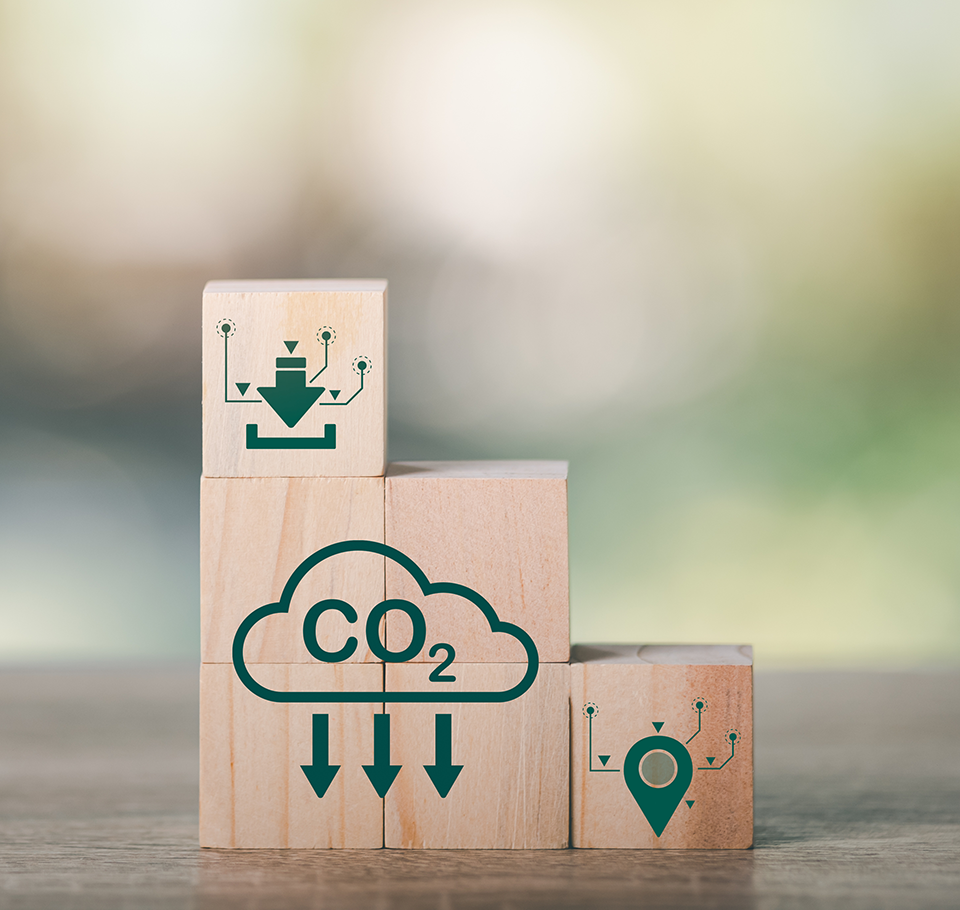
Benefits
Benefits of textile recycling:
Textiles have a significant impact on environment during their life cycle. The large amounts of water, energy, pesticides and fertilisers used in the textile industry make it one of the biggest polluters in the industrial sphere.

It is therefore important to make textile reuse and recycling one of the best practices for diverting waste from landfills while respecting the waste management hierarchy.
Recycling and reusing textiles, fibres and waste materials is an effective method for achieving sustainability in garment manufacturing.
Textile waste represents between 2 – 5% of the total municipal waste landfilled annually in the country. Textile waste is a problem not only in our country but also worldwide, as natural fibres take years to degrade and man-made fibres do not degrade at all. Some textiles, such as wool, for example, do decompose but release methane and carbon dioxide into the atmosphere, which contributes to global warming. Synthetic fabrics in landfill emit nitrous oxide, which is a powerful greenhouse gas. Toxic substances pollute groundwater and surrounding soils.
Textiles are a source of greenhouse gas emissions that cannot be ignored. Recycling is the only option to reduce the amount of textile waste, which will also contribute to reducing greenhouse gas emissions.
Main benefits
Recycling textile waste also provides many environmental benefits, for example: